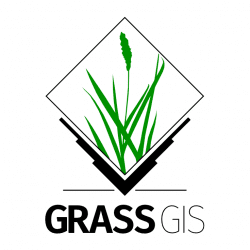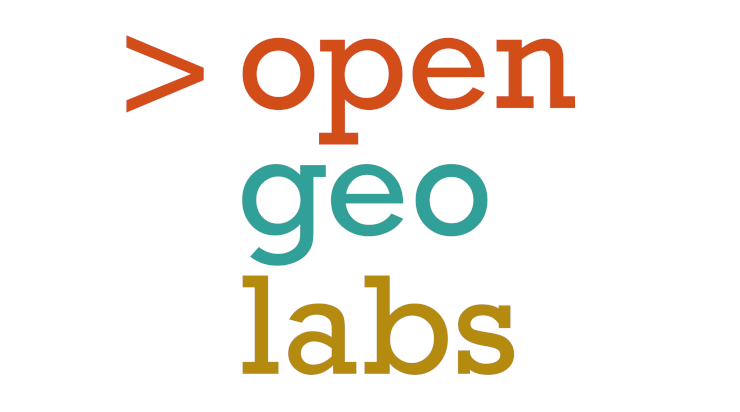The GRASS GIS project is an international team effort with scientists and developers participating from various fields. GRASS – Geographic Resources Analysis Support System has been under continuous development since 1982 and has involved a large number of federal US agencies, universities, and private companies. The core components of GRASS GIS were accomplished by the Construction Engineering Resesarch Laboratory (CERL) in Champaign, Illinois (1982-1995). Since 1997 a worldwide network of developers continues to release new GRASS GIS versions (see GRASS history).
The strength and success of GRASS GIS relies on the user community. With this in mind, the philosophy of the GRASS Development Team is to encourage users to develop their own unique tools and applications for GRASS. Many people have contributed to GRASS GIS in all these years and the project keeps growing. Everybody is invited to join the GRASS GIS development team and improve this powerful suite under terms of GNU General Public License.




